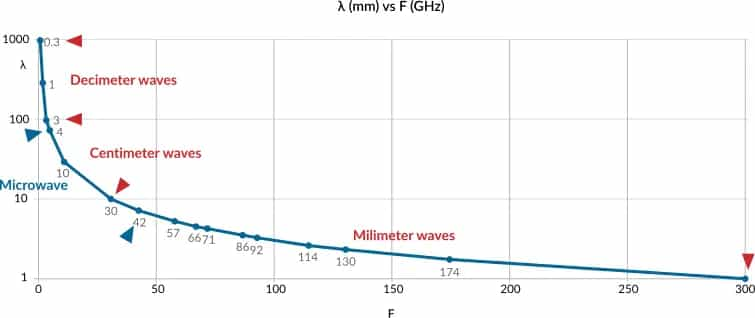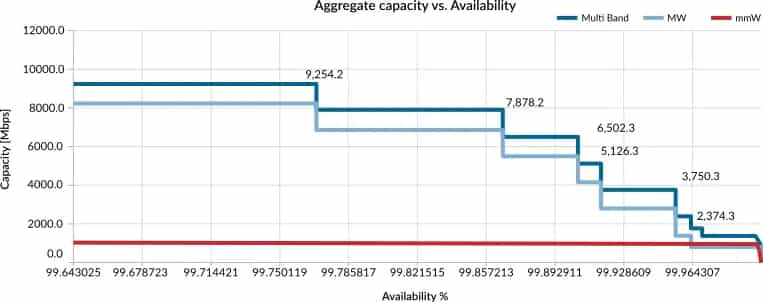×
CONTACT US
- Markets
- Solutions
- Products
- Back to Menu
- IP-50/100 Platform
- IP-20 Platform
- IP-20 Assured Platform
- Back to Menu
- IP-20C Assured
- IP-20S Assured
- IP-20N Assured
- IP-20A Assured
- IP-20G Assured
IP-20 Assured Platform - PointLink Stabilized Platform
- Back to Menu
- PointLink Access
- PointLink Short-Haul
- PointLink Long-Haul
PointLink Stabilized Platform - Intelligent Network Management
- Back to Menu
- Ceragon Insight
- NetMaster
- Smart Activation Key
Intelligent Network Management - Siklu by Ceragon Products
Products - Services
- Resources
- Partners
- Back to Menu
- Technology Partners
- Partners
Partners - Investors
- Company
- Contact Us












